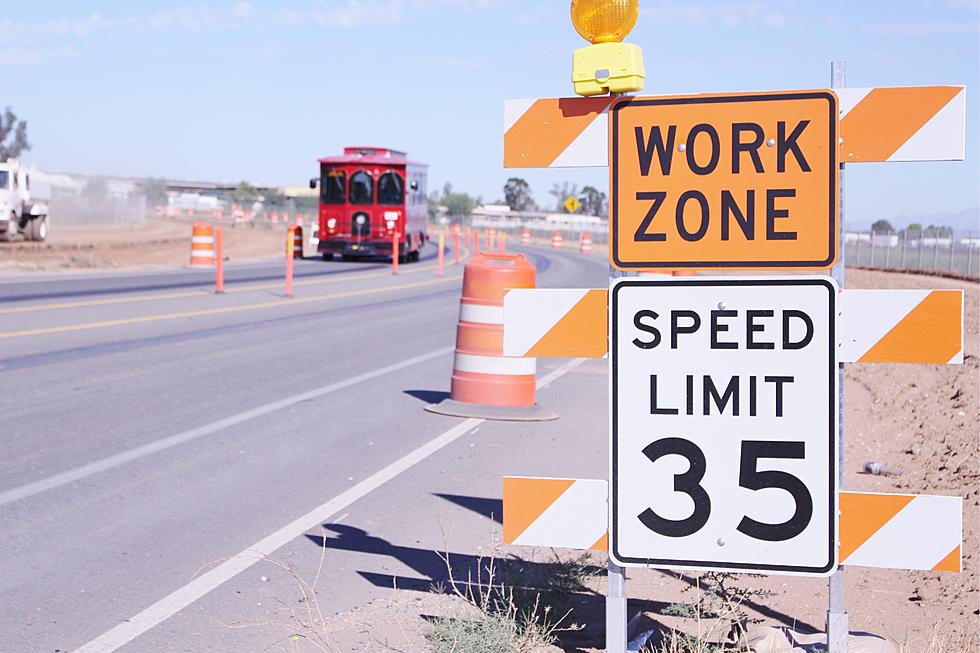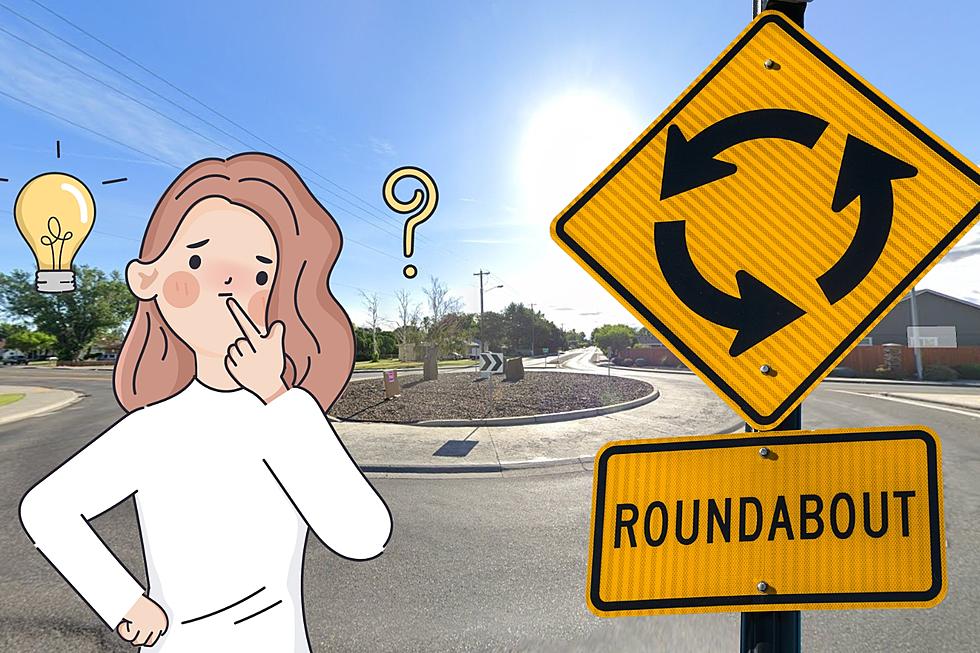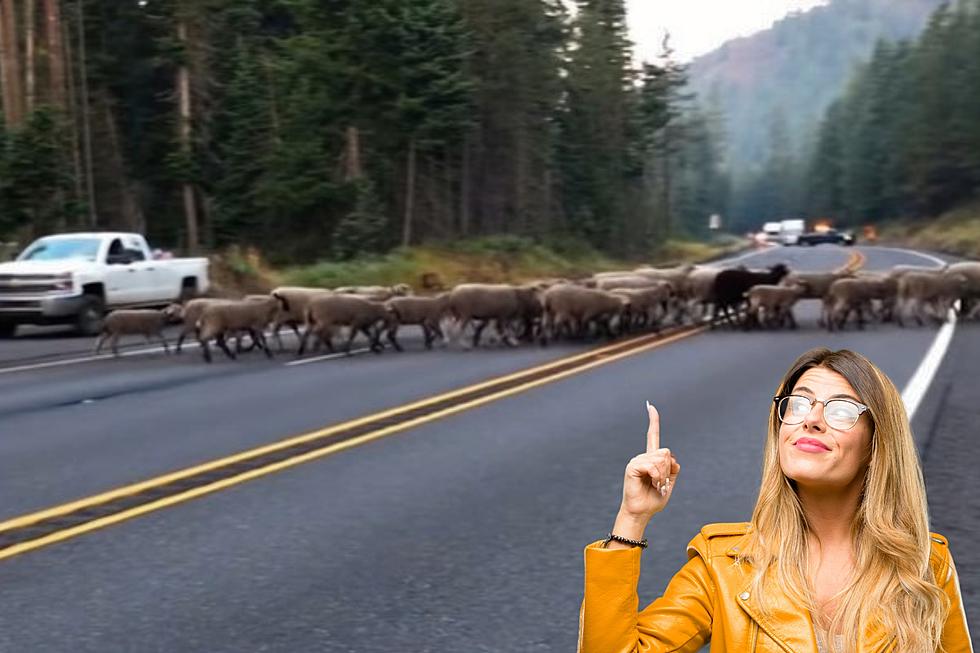
PNW Drivers: Work Zone Awareness Week Is on, Slow Down
Did you know it's National Work Zone Awareness Week?

The Washington State Department of Transportation is emphasizing the importance of slowing down. Please pay attention and practice using extra caution in work zones.
What is a work zone?
A work zone is an area of roadway with construction, maintenance, or utility work activities. A work zone is typically marked by signs, channelizing devices, barriers, pavement markings, and/or work vehicles. It extends from the first warning sign or rotating/strobe lights on a vehicle to the END ROAD WORK SIGN or the last temporary traffic control device.
How can we practice work zone safety?
Slow down. Please travel at the posted speed limit.
Be kind. Workers are out helping to keep us safe.
Pay attention. Put your phone down.
Stay Calm. Pack your patience. Expect a delay. Leave early or use an alternate route when possible.
Employees in work zones deserve to go home at the end of their shift.
According to WSDOT, the top reason cited for work zone crashes is speeding. Following too closely was the second contributing factor, and distracted/inattentive driving was the third leading cause of crashes in Washington work zones in 2022.
Since 1950, 60 WSDOT employees have lost their lives in work zone-related activities.
Every spring, WSDOT holds a Memorial to honor these fallen workers and to remind all of us about the importance of work zone safety.
Washington averages 478 roadway work zone injuries every year. Traffic fines are DOUBLE in work zones.In 2022, Washington had six fatal work zone crashes.
LOOK: Here are the states where you are most likely to hit an animal
CHECK THEM OUT: States With the Best and Worst Commutes
LOOK: The most expensive weather and climate disasters in recent decades
More From 98.3 KEYW









